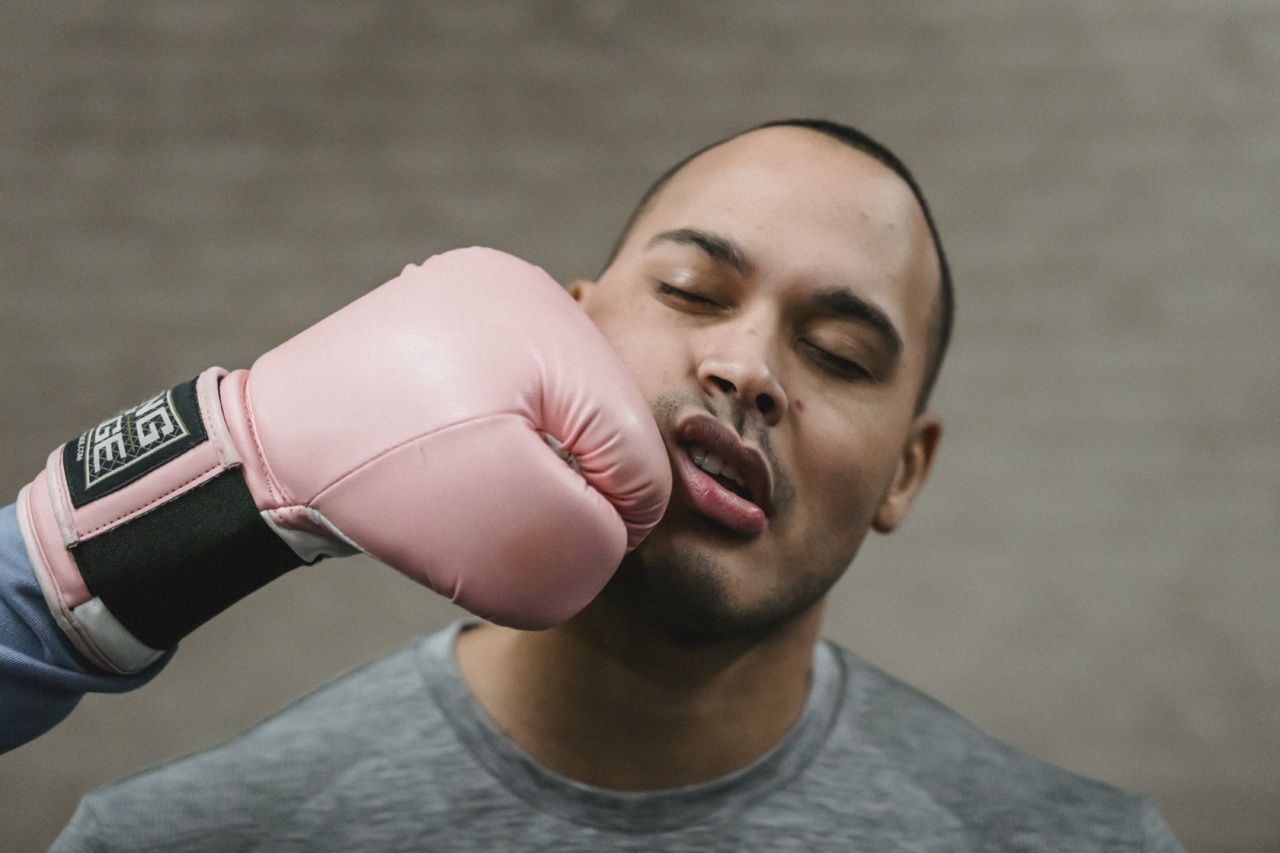Our bones serve as our body’s support system. It makes sure that we are able to perform activities of daily living with ease. However, as we age, we lose bone density, making our bones brittle and more prone to fracture.
This is especially true for women who have gone through menopause, as their estrogen levels decrease. The good news is that we can still protect our bones regardless of age. Exercise and a healthy lifestyle can prevent the loss of bone density, making our bones stronger and less prone to fracture.
In this article, we’ll discuss how exercise can protect our bones and what types of physical activities can benefit bone health.
What Happens to Our Bones as We Age?
As we age, our bones become less dense and more fragile. This is due to a decrease in the production of new bone tissue, leading to a condition called osteoporosis.
Osteoporosis affects millions of people worldwide and is especially prevalent in women who have gone through menopause. This is because estrogen plays an important role in maintaining bone density. When estrogen levels decrease, bones become more brittle and prone to fracture.
How Does Exercise Help Protect Our Bones?
Physical activities such as weight-bearing exercises and resistance training can help maintain and even increase bone density.
Weight-bearing exercises are activities that require our bodies to work against gravity, such as walking, jogging, and dancing. These types of exercises encourage the production of new bone tissue, making our bones stronger and less prone to fracture.
On the other hand, resistance training, also known as strength training, involves working with weights or resistance bands to build muscle and bone strength. Research has shown that resistance training can help increase bone density, especially in the hip and spine areas.
The Best Exercises for Bone Health
1. Walking – This low-impact exercise is perfect for people of all ages. Walking can help maintain and increase bone density in the legs, hips, and spine. 2.
Jogging – Another weight-bearing exercise, jogging can help increase bone density in the lower body. However, it is important to start slowly and gradually increase intensity to prevent injury. 3. Dancing – Dancing, especially ballroom dancing, can help improve balance, coordination, and bone density. 4.
Weightlifting – Resistance training can help increase bone density and build muscle strength. Weightlifting exercises such as squats and lunges can target the lower body and core muscles. 5. Yoga – Yoga poses that require weight-bearing on the arms, such as the plank pose, can help increase bone density in the upper body.
The Importance of a Healthy Lifestyle
Aside from exercise, a healthy lifestyle can also aid in maintaining and improving bone health. Consuming sufficient amounts of calcium and vitamin D is important for bone health.
Foods high in calcium include dairy products, leafy greens, and fortified foods such as orange juice and tofu. Vitamin D can be obtained from sunlight exposure and supplements. In addition, quitting smoking and limiting alcohol consumption can also contribute to better bone health.
Conclusion
Exercise plays a crucial role in maintaining and improving bone health. Weight-bearing exercises and resistance training can help increase bone density, making our bones stronger and less prone to fracture.
Aside from exercise, a healthy lifestyle that includes consuming sufficient amounts of calcium and vitamin D, quitting smoking, and limiting alcohol consumption can also contribute to better bone health.































